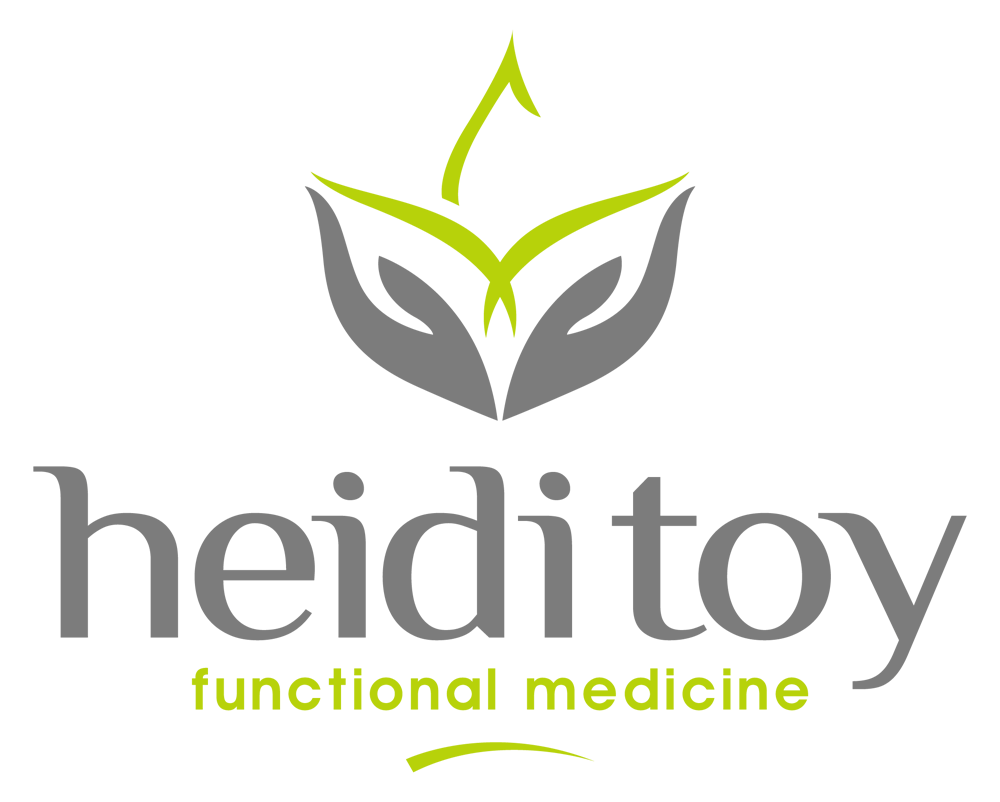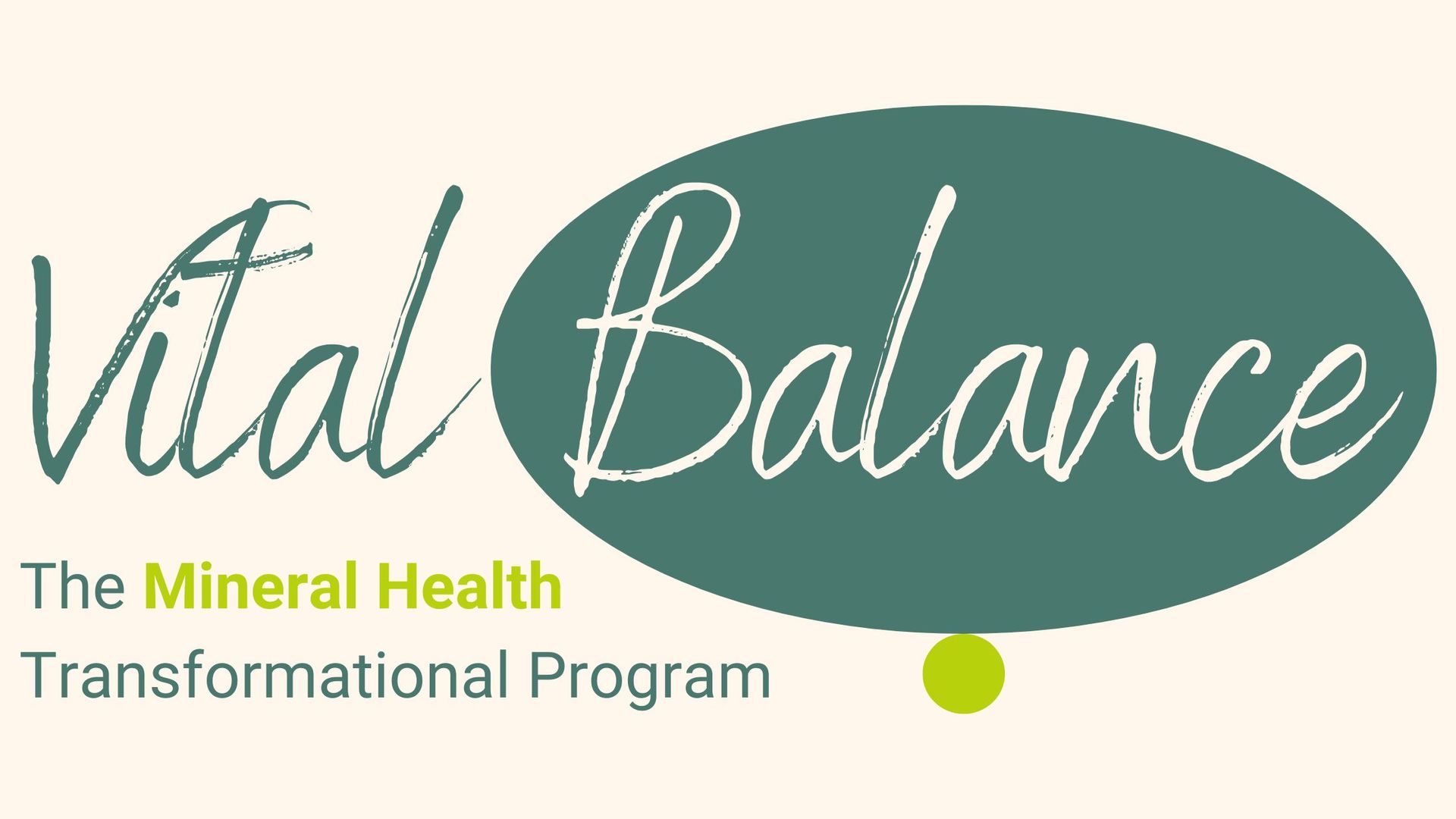You see the signs at every pharmacy, and the doctor asks every time you check in: “Have you had your flu shot?” Though November and December are prime months for flu season, you can really catch the flu at any time, so better be prepared, right? Well, there are a number of reasons why one should reconsider getting a flu shot.
Flu shots contain mercury. Mercury is one of the most hazardous neurotoxins because it destroys brain tissue. Easily destroys brain tissue. A common urban myth is that the mercury has been taken out of vaccines. This is not true. Several of the flu vaccines contain a neurotoxic ingredient called thimerosal. This is a fancy term for mercury.
The purpose of the flu shot is to assist the body’s ability to fight specific strains of flu. However, the problem here is that every year, the influenza viruses in the seasonal flu vaccine are selected through calculations about what flu viruses are most likely to cause illness in the coming season. The FDA, acting in concert with the CDC, decides which influenza vaccine strains should be sold in the U.S. Do you know how the flu strain is picked to put into the vaccine every year? The “experts” guess.
Instead of getting a flu shot, which is both ambiguous and dangerous in what it has to offer, why not strengthen your own immune system and give your body the natural ability to fight any bacteria, virus, or microbe?
Most folks who contract the flu already have a subclinical deficiency of a nutrient, which means that the body cannot function at optimal performance. Add emotional stress, weather changes, and/or daylight changes to the borderline deficiency and we have the recipe for a body functioning at a lower performance level. The result is that bacteria and viruses gain temporary control--we call that the cold or the flu.
Two major nutrient deficiencies that I test for in my clinic are zinc and vitamin D because both of these nutrients play a critical role in warding off colds and flus.
Zinc is crucial for a healthy immune system and is a co-factor in over 200 enzyme systems. We need zinc to make proper amounts of hydrochloric acid HCL (see my blog Got Heartburn?). Zinc is also necessary for so many other functions:
- Improves of cardiovascular function
- Supports female and male reproductive health
- Increases wound healing
- Produces healthy skin cells
- Stimulates GI cell repair
- Reduces inflammation
- Creates healthy cell membranes
- Metabolizes essential fatty acids (Omega 3/6)
- Produces white blood cells
Zinc has a direct link to our body’s T-cells. If the body has a proper level of zinc, helper T-cells orchestrate an immune response and play important roles in all arms of immunity. Killer T-cells hunt down and destroy cells that are infected with germs or cells that have become cancerous. However, low zinc produces a direct and rapid decline in T-cell function in both helper and killer. Four out of five people I test in my office for zinc deficiency have suboptimal levels. Unfortunately, our soil and water is devoid of minerals and, therefore, so are we.
Vitamin D is another crucial nutrient that aids in building a healthy immune system, and almost everyone is deficient in it. Vitamin D, which is more like a hormone than a vitamin, is responsible for the regulation of over 2,000 genes in our body. Like zinc, Vitamin D has many roles in the body:
- Maintains blood sugar
- Supports a healthy gut
- Reduces inflammation
- Activates the immune system against microbes
- Alkalizes pH
- Maintains healthy bone mass
Vitamin D is a fat soluble vitamin along with Vitamins A, E, and K. Vitamin D should be taken with fat at your largest meal of the day.
Studies show that Vitamin D helps the body make more glutathione in both the liver and the brain. Glutathione is the body’s master antioxidant and without it we are not able to detox metals, toxins, or chemicals. In scientific studies, when subjects were given Vitamin D, glutathione production was increased, however, those who had a zinc deficiency had the lowest increase [1]. Glutathione, the master antioxidant, outweighs the importance of any antioxidant you can take by mouth. It affects every system in the body, especially the immune system, the nervous system, the GI system and the lungs. Glutathione cannot be taken as a supplement; it must be made in the body.
Another vitamin worth mentioning when talking about the flu is vitamin C. Most people know that vitamin C is great for combating the common cold, unfortunately many people lack the enzyme that is required for the last step of Vitamin C synthesis. The body will make-do by recycling the oxidized version of vitamin C, but in order to complete synthesis, glutathione must be present.
Additionally, most people get their vitamin C from fruit or juice (i.e. consume more sugar), which places the uptake of vitamin C in direct competition with the uptake of sugar by the cell. This is due to what is known as the Glucose Ascorbate Antagonism (GAA) theory. The GAA was aptly named in the 1970’s when Dr. John Ely discovered that glucose and vitamin C (ascorbate) have a very similar chemical makeup. When glucose levels are elevated, they compete with, and effectively restrict, vitamin C from entering the cells. Blood glucose levels become elevated by eating sugar, or if the body is insulin resistant and diabetic. Both glucose and vitamin C depend upon the pancreatic hormone insulin and its signaling effects in order to get into the cells. This means that the greater the amount of circulating blood sugar, the less vitamin C will enter the cells. This is one of the many ways that sugar dampens our immune system and why we face more colds and flu during the highest sugar-consumption season of the year: Halloween through Valentine’s Day.
The most effective way to combat disease and illness is not necessarily through a flu shot. You need to develop a wellness program that includes a whole food diet and a professional grade supplement regime year round to help support optimum nutrition. Exercise, even moderate, is also key--get and keeps everything moving! Make your body its own best defense, without pumping a bunch of “guesswork” vaccines into it.
The nutrients mentioned above are crucial to our wellbeing. For more information, contact me through my
website
or purchase some of these amazing nutrients in my
Shop
1. https://www.ncbi.nlm.nih.gov/pubmed/23770363


















































































































